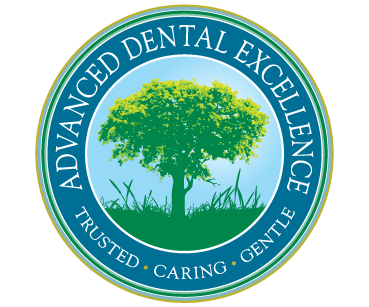 If you have been diagnosed with periodontal disease, we will recommend that you come in for a deep cleaning. While it may sound like just a more intense teeth cleaning, deep cleanings are actually the gold standard of treatment for patients diagnosed with gum disease. This procedure is also sometimes referred to as “scaling & root planing” or “periodontal therapy”.
If you have been diagnosed with periodontal disease, we will recommend that you come in for a deep cleaning. While it may sound like just a more intense teeth cleaning, deep cleanings are actually the gold standard of treatment for patients diagnosed with gum disease. This procedure is also sometimes referred to as “scaling & root planing” or “periodontal therapy”.
In periodontal disease, swollen unhealthy gums start to pull away from the teeth because of pockets where infection-causing plaque & tartar accumulate. During a deep cleaning, the dentist or hygienist removes plaque, tartar & bacteria from the surfaces of your teeth & tooth roots. The dentist or hygienist then smoothes the surface of the tooth root to make it harder for bacteria to stick in the future & easier for the gums to re-attach.
What Is Gum Disease?
Called gingivitis in its early stages, periodontal disease is caused by excessive toxic bacteria (found in plaque) that attack your mouth’s soft tissues. Early warning signs of this disease include red, swollen or bleeding gums. If caught early, we can help you reverse the damage. If detected late, we can use one of the many effective restorative dentistry procedures to restore your mouth to its healthy & beautiful state. We can help you keep your teeth & gums strong & disease-free with regular examinations & cleanings plus specialized interventions to treat periodontal disease if needed.
Benefits of Deep Cleanings
While deep cleanings cannot cure periodontal disease, it can slow or stop its progression. Deep cleanings can reduce the need for surgical intervention in the future & often helps swollen bleeding gums become healthy & pink again.
If you have gum disease, we may recommend that deep cleanings, along with periodontal maintenance checkups, become part of your routine dental visits.
Overview of Periodontal Treatments
Management of periodontal disease also involves a variety of other treatments in addition to deep cleanings. Periodontal therapy involves the enhancement of the gum tissue that holds your teeth in place. Diseased tissue must be replaced with healthy tissue whenever possible. If gum disease has caused severe gum recession, gum grafting may be necessary to move gum tissue back into place so that tooth roots are no longer exposed. We will also tackle the bacterial infection in your tissues directly by applying topical antibacterial or antibiotic solutions, either on their own or in conjunction with the treatment already mentioned.
Patients with very advanced or complicated periodontal disease may need to see a specialist. A periodontist is a dentist who works almost exclusively in the treatment of gingivitis, periodontal disease, & other afflictions of the mouth’s soft tissues. A periodontist is a fully trained dentist who completes additional specialized training in the field of periodontics after completing a general dental degree. While all dentists are trained to treat periodontal disease, this additional training makes a periodontist an expert in gum disease, its risk factors, & the symptoms & conditions that come with this dental disease. If you have been diagnosed with advanced gum disease, a periodontist may become a central part of your routine dental care & will work with us to create a treatment plan to keep your condition from getting worse.

